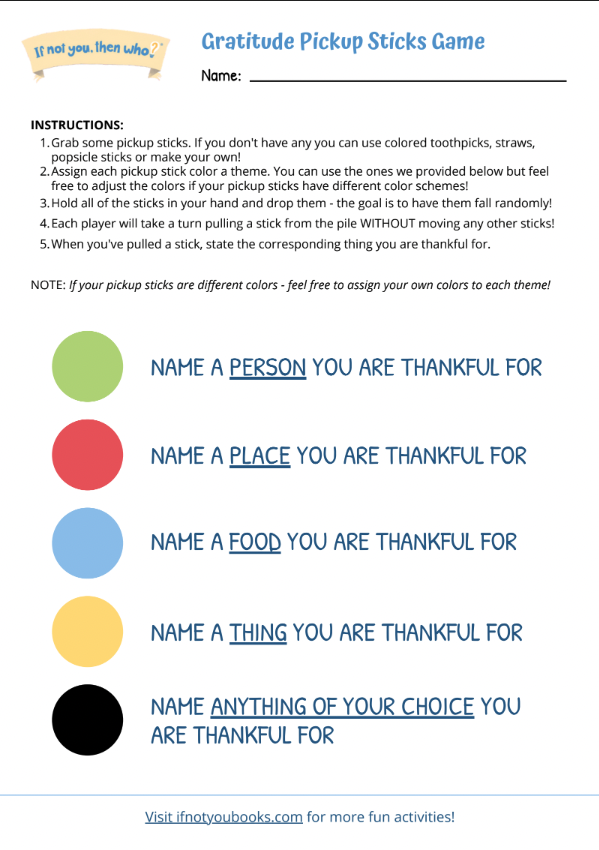Being grateful leads to positive health outcomes for kids and as Thanksgiving is just around the corner and what better time to teach your children about being grateful?
Studies have shown that practicing intentional gratitude has a variety of benefits for children including but not limited to: improved physical and mental health, more positive feelings towards school, and fostering better relationships with their families and friends. Being intentionally grateful helps children practice empathy, which is critical for not only social development but also emotional development.
Here are some quick ways that you can teach your children to be intentionally grateful:
- Set a positive example
-
- As with everything else, children learn from their parents by watching them. So being a positive example for gratefulness will have a huge impact on your children. Show your children what it means to be grateful through words and actions – let them see what gratitude looks like. Don’t forget to recognize the things your children are doing as well – for example, making their beds or putting toys away etc.
-
- Teach them about generosity
-
- Raising grateful children means teaching them to appreciate the things they have. It’s important for them to understand that not everyone is as lucky or as unfortunate as they may be, instead we must focus on being generous to others. Whether it’s a small gesture or something greater like a donation it’s important for children to realize that something that may seem small and insignificant to them may have a huge impact on someone else’s life or day.
-
- Talk to them about empathy
-
- Empathy is something that must be taught and fostered. Emotions are not an easy thing for children to fully grasp. Teach your children to think twice about how their words and actions may affect others.
-
- Find creative ways to express gratitude
-
- Saying “thank you” is a common and easy way to start a habit of showing gratitude. Explore some more creative ways they can show their appreciation for others, writing thank you notes or baking goodies for friends, etc. Encourage them to think outside the box. Create a game that will help them think more about things they are grateful for! We’ve created a quick idea of a pick-up sticks game that can encourage gratitude as well.
-
- Make expressing gratitude a part of their routine
-
- Finding things to be grateful for is a habit that we can help our children develop. You can simply ask them to list at least three things they are thankful for when you are tucking them into bed or when they wake up. If they are having a bad day, remind them to focus on the positives. Remind them about the importance of appreciating each day and those around them.
-
Want to keep the gratitude going with a fun game? Check out this fun gratitude themed pickup sticks game for you to play with your child! Did you know that the game pickup sticks actually help develop a child’s hand eye coordination, visual scanning ability, visual motor, color recognition and fine motor skills? If you don’t have a game of pickup sticks handy make your own by using skewers! You can even use colored pencils as pickup sticks if necessary!
If you’re looking for some additional fun STEAM activities that you could do with your child check out the activities on theyounginventorsclub.com – not only is there a dashboard filled with great activities but every month new blog posts are released with even further content!


